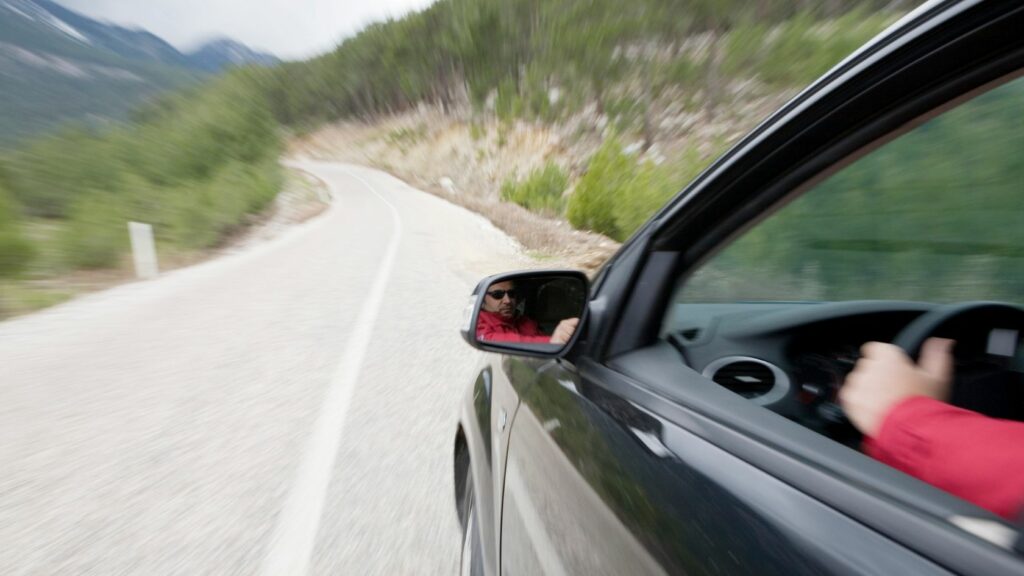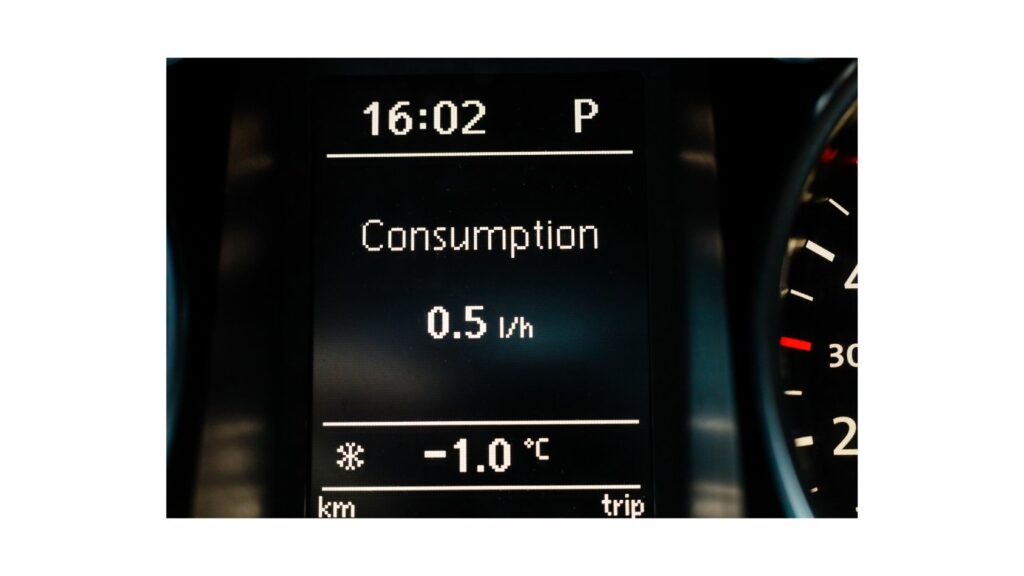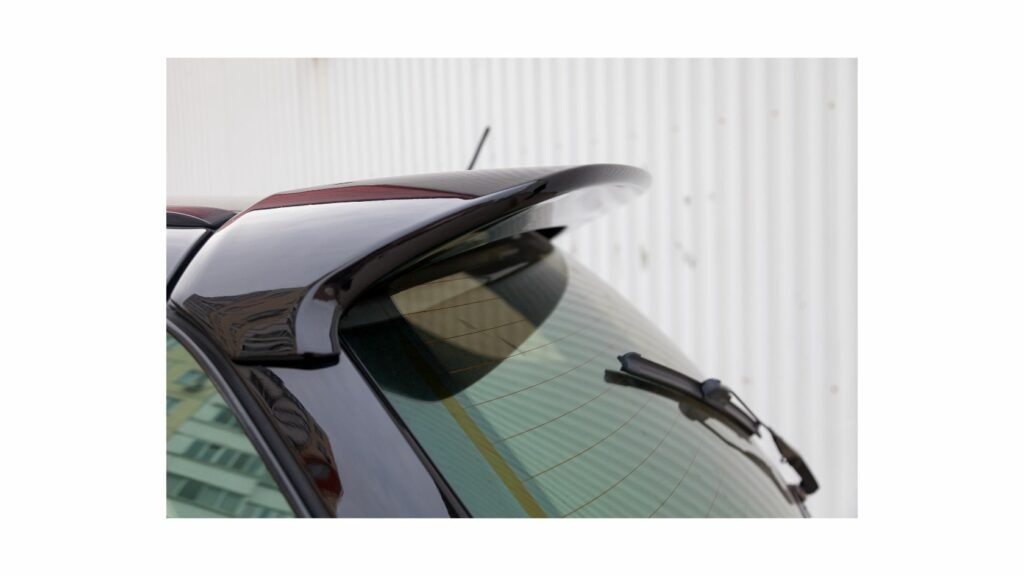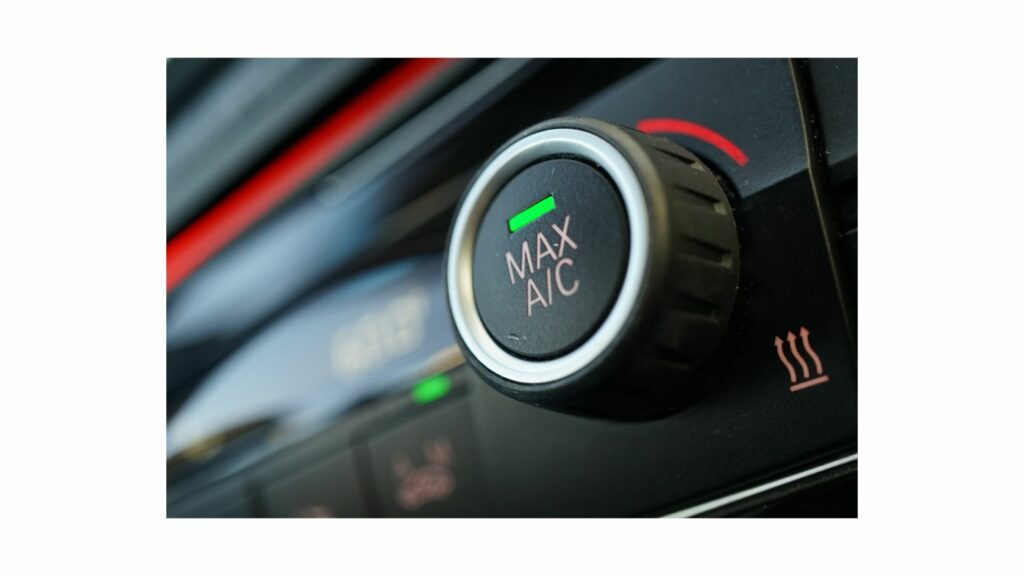
When the weather is pleasant or you simply want to enjoy the breeze, rolling down the car windows seems like a natural choice. However, have you ever wondered how car windows affect aerodynamics and fuel consumption in automobiles?
You might not give it much thought, but your car’s windows are a critical factor influencing its aerodynamic profile.
The aerodynamics plays a pivotal role in determining a car’s efficiency and performance.
The decisions you make about your car windows could potentially affect the speed and fuel efficiency.
In this blog, you will learn about car aerodynamics, and explore the significance of open windows vs. air conditioning.
You will also know about the effects of open windows and discover the hidden secrets that can improve your ride and save you money on fuel.
What is Aerodynamics in automobiles?
Automobile aerodynamics is all about how air interacts with a vehicle, affecting its performance, efficiency, and stability.
It’s a complex study of the forces between the vehicle’s shape and the surrounding air while in motion.
In the absence of proper aerodynamic design, a vehicle is bound to move with drag and turbulence.
Therefore most modern cars are designed with streamlined shapes to minimize drag, which also improves fuel efficiency.

Understanding parameters like the coefficient of drag (Cd) which is used to measure the air resistance and lift is crucial for gauging a car’s ability to cut through the air smoothly.
Engineers utilize wind tunnel testing and computational fluid dynamics (CFD) to optimize designs, reducing air resistance.
Better aerodynamics results in improved fuel economy, reduced noise, enhanced handling, and higher top speeds.
Imagine a cyclist crouching low to reduce air resistance and pedal more efficiently – that’s a basic example of aerodynamics in action!
But is the design of a vehicle enough to sustain the airflow or does it also depend on other aspects such as opening or closing of windows while driving?
Do open car windows affect aerodynamics and fuel consumption?
Yes, open car windows do have an impact on both aerodynamics and fuel consumption but not to a significant extent.
When you drive with your car windows down, it creates additional drag, hindering the smooth flow of air around your vehicle.
This increased drag leads to a reduction in the car’s overall speed and fuel efficiency, as the engine has to work harder to compensate for the resistance.
The extent of this impact varies depending on factors like the vehicle’s speed, window size, and design.
In contrast, using air conditioning while driving may lead to improved aerodynamics, as the windows remain closed, reducing drag and potentially saving fuel.
So, if fuel efficiency is your priority, consider using air conditioning on the highway, but for a leisurely drive in the city, fresh air through open windows can be more enjoyable.
How Car Windows Affect Aerodynamics and Fuel Consumption
Opening car windows can lead to several effects that are crucial to understand for any driver.
Effects on Aerodynamics: The impact of driving with open windows goes beyond the fresh air you breathe. While it’s great for ventilation, it can adversely affect the car’s aerodynamics.
When the car is in motion, air encounters the open windows, creating turbulence that disrupts the smooth flow of air around the vehicle.
This turbulence leads to an increase in drag, hindering the car’s aerodynamic efficiency. Imagine driving with open windows as swimming against the current in a river. The resistance you feel makes it harder to move forward efficiently.
Impact on Fuel Consumption: The impact of open windows on fuel consumption is notable. When windows are open, the increased drag creates resistance, compelling the engine to exert more effort to sustain the desired speed.
This additional workload demands more fuel consumption, resulting in reduced fuel efficiency and frequent re-fueling.

To better comprehend this, consider the analogy of riding a bicycle with the wind against you. As the wind resistance grows, pedaling becomes more laborious, and you use more energy to cover the same distance.
Similarly, open windows force the engine to burn more fuel to overcome the increased drag, ultimately affecting your car’s fuel economy.
Speed Reduction: One of the critical consequences of increased drag due to open windows is the reduction in speed and acceleration of the car.
As the vehicle moves forward, the open windows create turbulence, causing the air to resist the car’s motion.
This resistance slows down the car’s acceleration and hampers its ability to achieve higher speeds efficiently.
As an example, when you try to run against a strong headwind, your progress becomes sluggish, and you struggle to maintain your usual speed.
Similarly, with open windows, the increased drag acts as that headwind, affecting the car’s overall performance, particularly at higher speeds.
Note: While open windows can affect fuel consumption, they are often more fuel-efficient than using air conditioning at low speeds or during city driving.
Finding a balance between enjoying the breeze and preserving fuel efficiency is the key.
How to improve the aerodynamics and fuel efficiency of your car?
Improving the aerodynamics and fuel efficiency of your car can lead to a smoother ride and substantial cost savings over time. Here are some practical tips to enhance your driving experience:
Streamline Your Vehicle
One effective way to enhance your car’s aerodynamics and fuel efficiency is by streamlining the vehicle’s design.
Now this doesn’t mean changing the shape and size of your vehicle but refers to optimizing the shape and external features to reduce air resistance and drag.
This can be done by removing any unnecessary external attachments like roof racks or spoilers in some cases, as they can create turbulence and increase drag.

A practical example to understand this is a cyclist with a backpack. When the cyclist removes the backpack, they experience less resistance and can pedal more effortlessly.
Similarly, by streamlining your car’s exterior and keeping it clean and well-maintained, you can improve its aerodynamics, enabling better fuel efficiency and a smoother driving experience.
Choose the Right Tires
When aiming to improve your car’s fuel efficiency, choosing the right tires can make a significant difference.
Opt for low rolling resistance or narrower tires, which are specifically designed to minimize friction with the road surface.
Related Read: Why do car tires explode?
These tires improve fuel efficiency and allow your car to travel more smoothly with less effort by reducing the energy lost due to tire deformation during rotation.
Taking our cyclist example, riding a bicycle with regular tires on a rough and bumpy road is much harder to pedal, as the tires encounter more resistance against the uneven surface.
Swapping regular tires with well-inflated and low-resistant ones makes pedaling easier resulting in a more efficient ride on the same road.
So, when the time comes to replace your car tires, consider opting for the low rolling resistance tires to experience a smoother and more economical ride while contributing to a greener environment.
Close Windows at High Speeds
As mentioned earlier, keeping the windows open, especially at high speeds can have a substantial impact on your car’s aerodynamics.
Open windows lead to increased drag and force the engine to work harder to maintain desired speed and impact fuel efficiency.
To optimize your car’s aerodynamics and achieve better fuel efficiency during highway driving, it is advisable to keep the windows closed.
While open windows can be delightful for city driving or leisurely strolls, they are best reserved for lower speeds (less than 30mph) to minimize their impact on aerodynamics and fuel consumption.
Closed windows at higher speeds (more than 35mph) create a more streamlined profile for your vehicle and you can enjoy a smoother and more economical ride.
Use Air Conditioning Wisely
Making strategic decisions about using air conditioning can significantly impact your car’s fuel economy.
At lower speeds or in city traffic, opting to keep the air conditioning off is generally more fuel-efficient.
When the car moves at slower speeds, the drag is much lower due to open windows and it takes a lot for a car engine to power all the accessories including the air conditioner.
However, on highways or during high-speed driving (close to 70 or 80mps), rolling the windows up and using air conditioning is a better option because of the adequate power provided by the car’s engine.

There is no specific thumb rule on using air conditioning and opening windows. Based on the type of vehicle, its aerodynamic design, and driving conditions, you will have to find the right balance between using air conditioning and keeping the windows open.
Reduce Weight
Extra weight in the vehicle increases fuel consumption, as the engine has to work harder to move a heavier load. To enhance fuel economy, travel light and carry only essential items in your car.
To better understand this concept, consider the analogy of carrying a heavy backpack while hiking.
The heavier the backpack, the more effort and energy you need to hike the same distance. Similarly, when your car carries unnecessary items or cargo, it requires more fuel to move the added weight.
To enjoy better fuel economy, remove any non-essential items to lighten the load on your car’s engine. By taking this simple yet effective step, you can ultimately save money and also reduce your carbon footprint.
- Apart from the above practical tips embrace the practice of regularly maintaining your vehicle. This includes changing air filters, keeping the engine tuned, and ensuring proper tire inflation.
Moreover, avoid aggressive driving and rapid acceleration, as they can increase fuel consumption and also the aerodynamics of your car.
Is driving with windows down bad for hearing?
Yes, driving with windows down can be bad for hearing, especially at high speeds or on noisy roads.
When the windows are open, the wind noise inside the vehicle increases significantly, and prolonged exposure to this noise can cause hearing damage over time.
If the noise level inside the car exceeds more than recommended levels (up to 85 decibels or more), it can lead to temporary or permanent hearing damage in some cases.
To be on the safer side and protect your hearing, consider driving at lower speeds with windows partially open or using air conditioning instead.
Final thoughts
We have explored how car windows affect aerodynamics, disrupting the harmonious flow of air and leading to increased drag. As a result, it ultimately impacts the car’s speed and fuel consumption.
The choices we make while driving, whether to enjoy the refreshing breeze or conserve fuel, can have a tangible impact on our journey’s efficiency and performance.
Consider implementing the tips and practical solutions mentioned in this post to improve your car’s aerodynamics and fuel efficiency.
Being mindful of when to enjoy the fresh air and when to opt for closed windows or air conditioning can significantly impact your car’s overall performance.
So, the next time you roll down those windows, beware of the fascinating forces at play and make your drive both a fuel-efficient and enjoyable experience.
